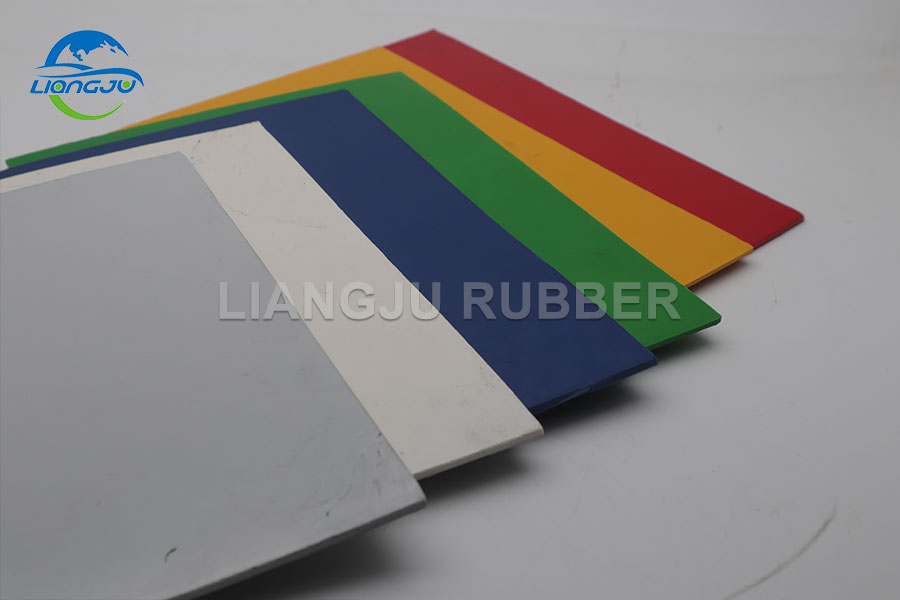Enhancing Performance: The Role of Compounding Agents in NR Rubber Compound
2024-02-27
Introduction:
Natural Rubber (NR) compound, prized for its elasticity and versatility, owes much of its exceptional performance to the careful selection and incorporation of compounding agents. Among these agents, carbon black and silica stand out for their significant contributions to enhancing the mechanical properties, durability, and overall performance of NR rubber compound. In this blog, we delve into the roles of carbon black and silica, shedding light on their unique properties and benefits in optimizing the performance of NR rubber.
1. Carbon Black:
Carbon black, a form of finely divided carbon, serves as a primary reinforcing filler in NR rubber compound. Its unique structure and properties play a crucial role in improving mechanical strength, abrasion resistance, and thermal conductivity. When dispersed within the rubber matrix, carbon black forms a network of interconnected particles, increasing the modulus of elasticity and tensile strength of the compound. This reinforcement mechanism also enhances tear resistance, resilience, and fatigue resistance, making NR rubber compound suitable for demanding applications such as tires, conveyor belts, and automotive components.
Additionally, carbon black provides UV protection by absorbing and dissipating sunlight, thus minimizing degradation caused by exposure to ultraviolet radiation. Moreover, its conductive properties make it suitable for applications requiring electrical conductivity, such as antistatic flooring and industrial hoses. Overall, carbon black plays a pivotal role in optimizing the mechanical, thermal, and electrical properties of NR rubber compound, ensuring reliability and durability in diverse industrial sectors.
2. Silica:
Silica, a mineral compound composed of silicon dioxide (SiO2), offers unique advantages as a reinforcing filler in NR rubber compound. Unlike carbon black, silica exhibits a high surface area and chemically active surface, allowing for strong interaction with rubber polymer chains. This interaction promotes the formation of a strong interfacial bond between silica particles and the rubber matrix, leading to improved reinforcement and mechanical properties.
Silica-reinforced NR rubber compounds typically exhibit lower rolling resistance, improved wet traction, and better fuel efficiency in tire applications compared to carbon black-filled compounds. Additionally, silica imparts excellent dynamic properties, such as reduced hysteresis and improved handling characteristics, making it suitable for high-performance tires and automotive components.
Moreover, silica offers benefits in terms of sustainability and environmental impact, as it can reduce the overall carbon footprint of rubber compounds by enhancing fuel efficiency and extending tire longevity. Furthermore, silica-filled NR rubber compounds exhibit improved processability and reduced heat build-up during mixing and vulcanization, contributing to energy savings and production efficiency.
Conclusion:
In conclusion, carbon black and silica play indispensable roles as compounding agents in enhancing the performance of NR rubber compound. While carbon black provides excellent reinforcement and UV protection, silica offers unique advantages in terms of lower rolling resistance, improved wet traction, and sustainability. By carefully selecting and optimizing the concentration, dispersion, and interaction of these compounding agents, manufacturers can tailor NR rubber compound formulations to meet the specific requirements of diverse applications, ensuring reliability, durability, and efficiency in engineering solutions.



